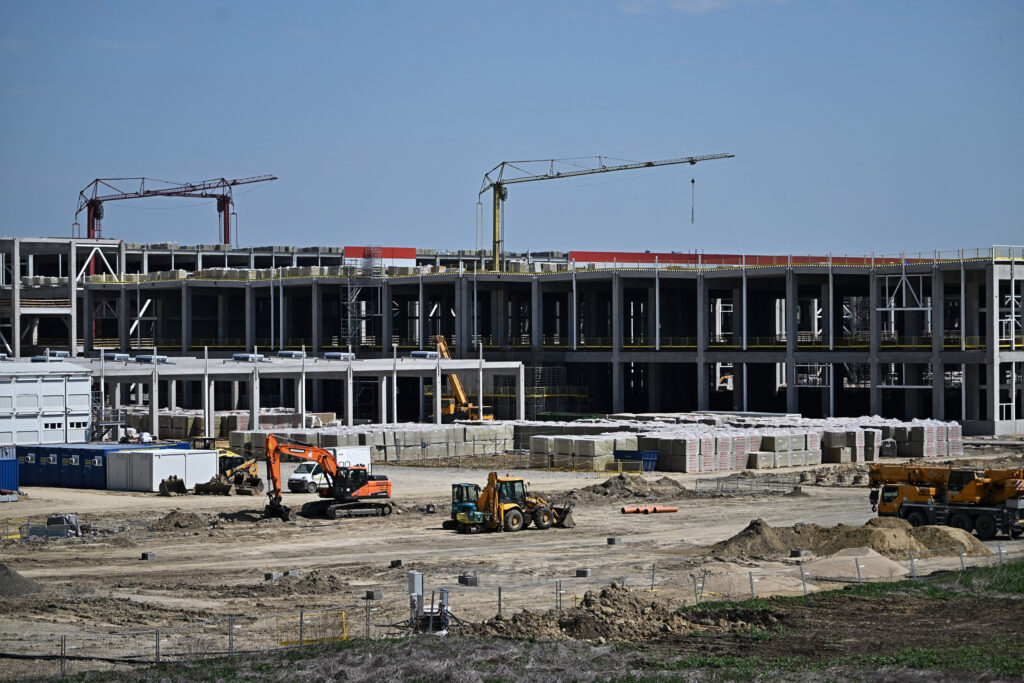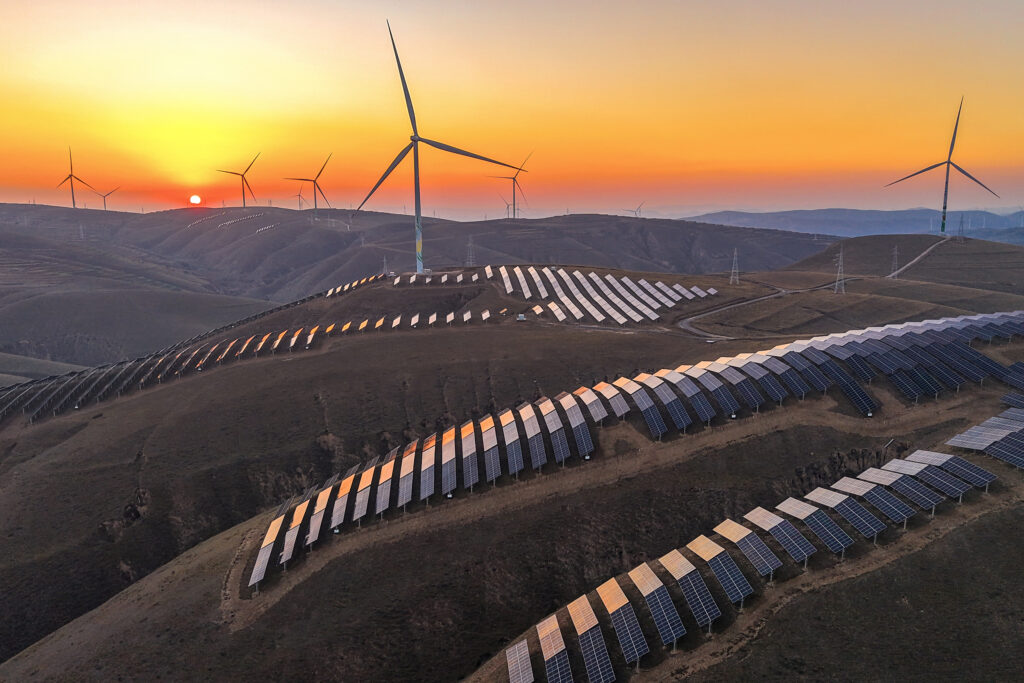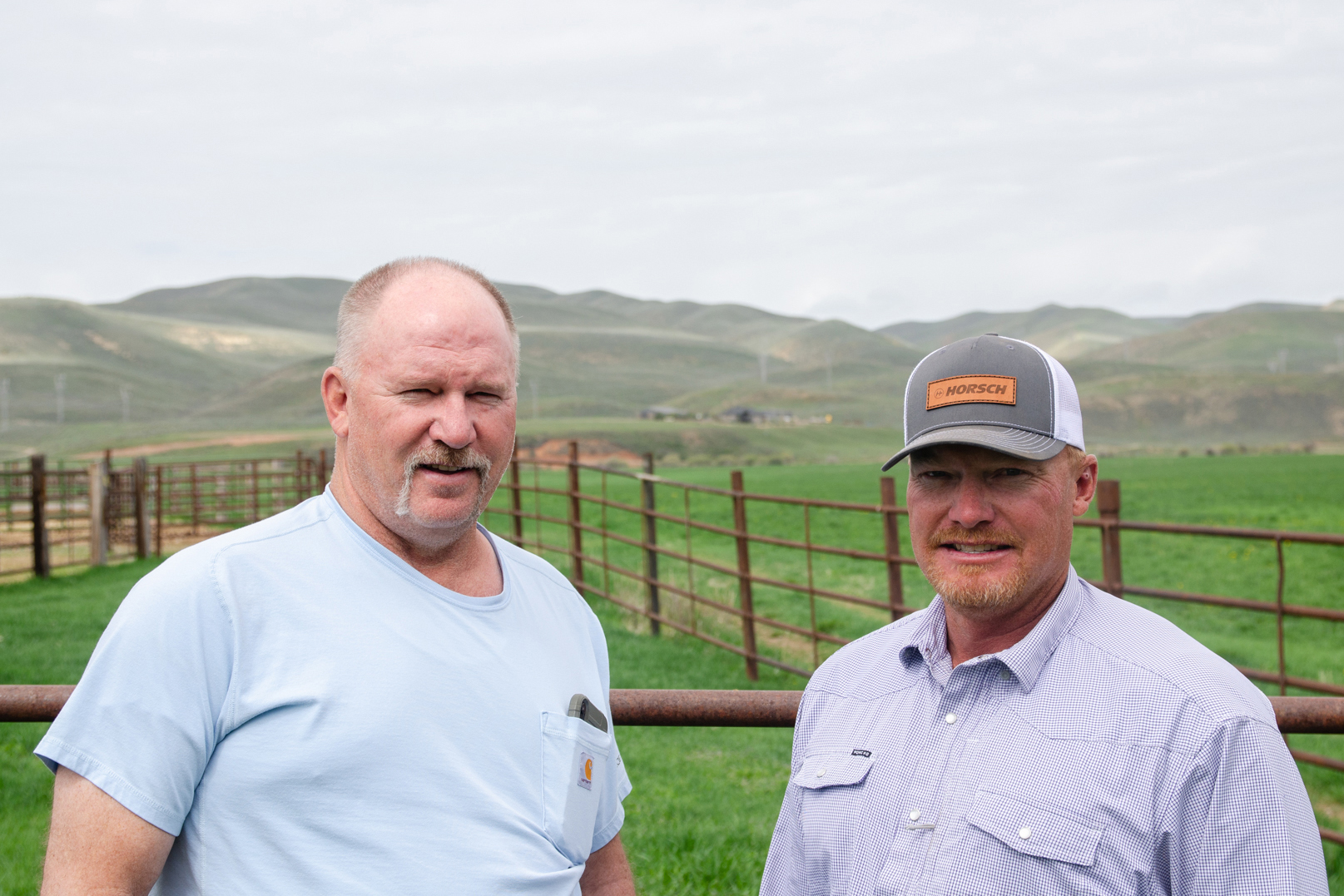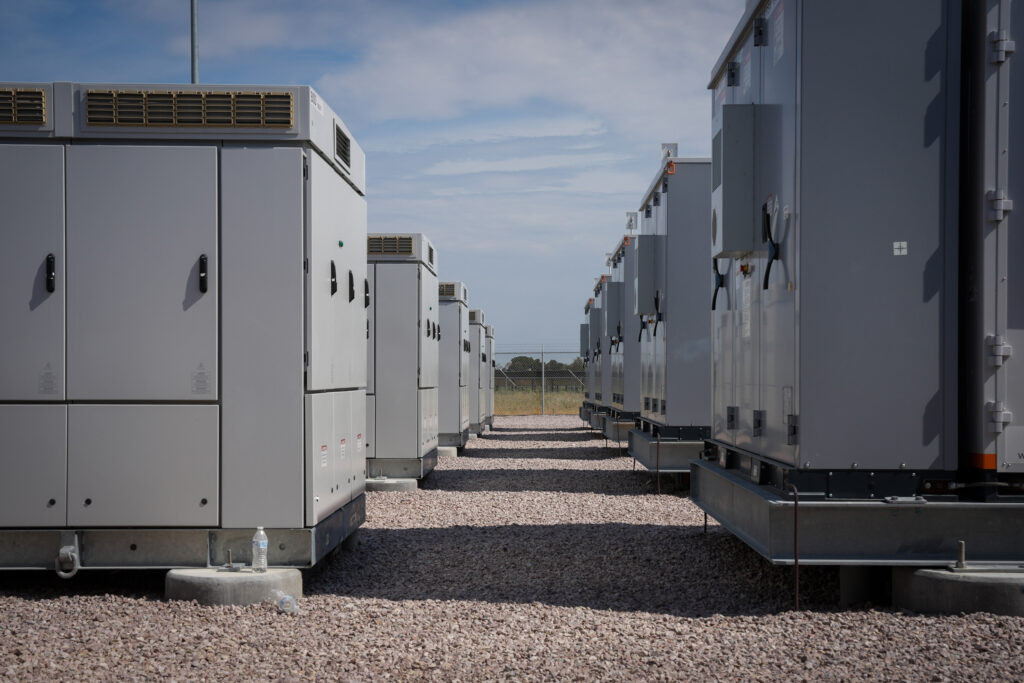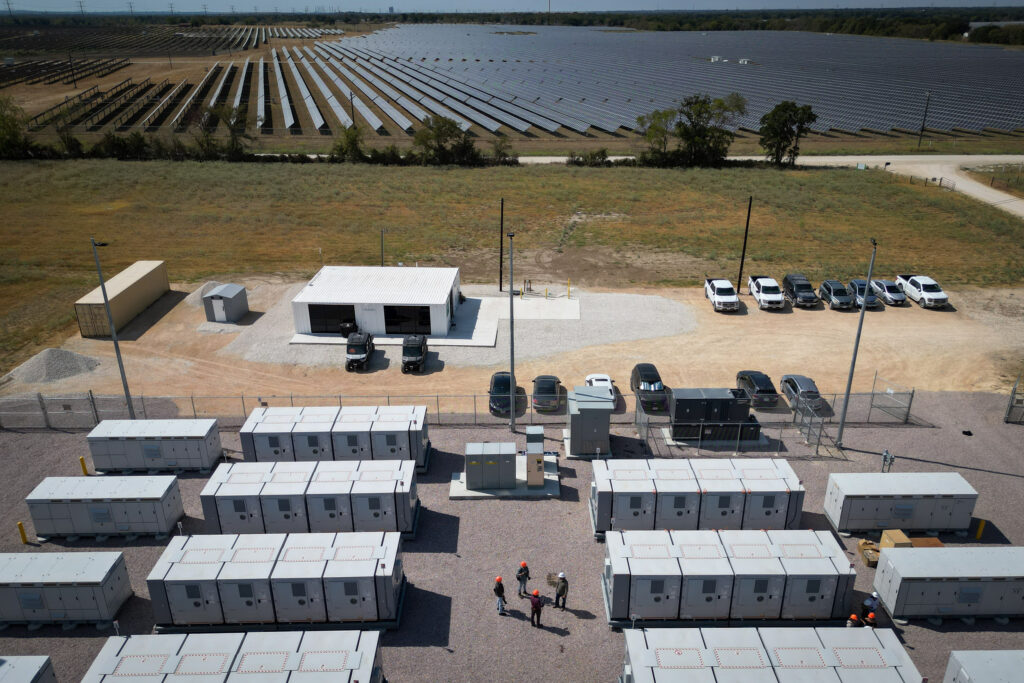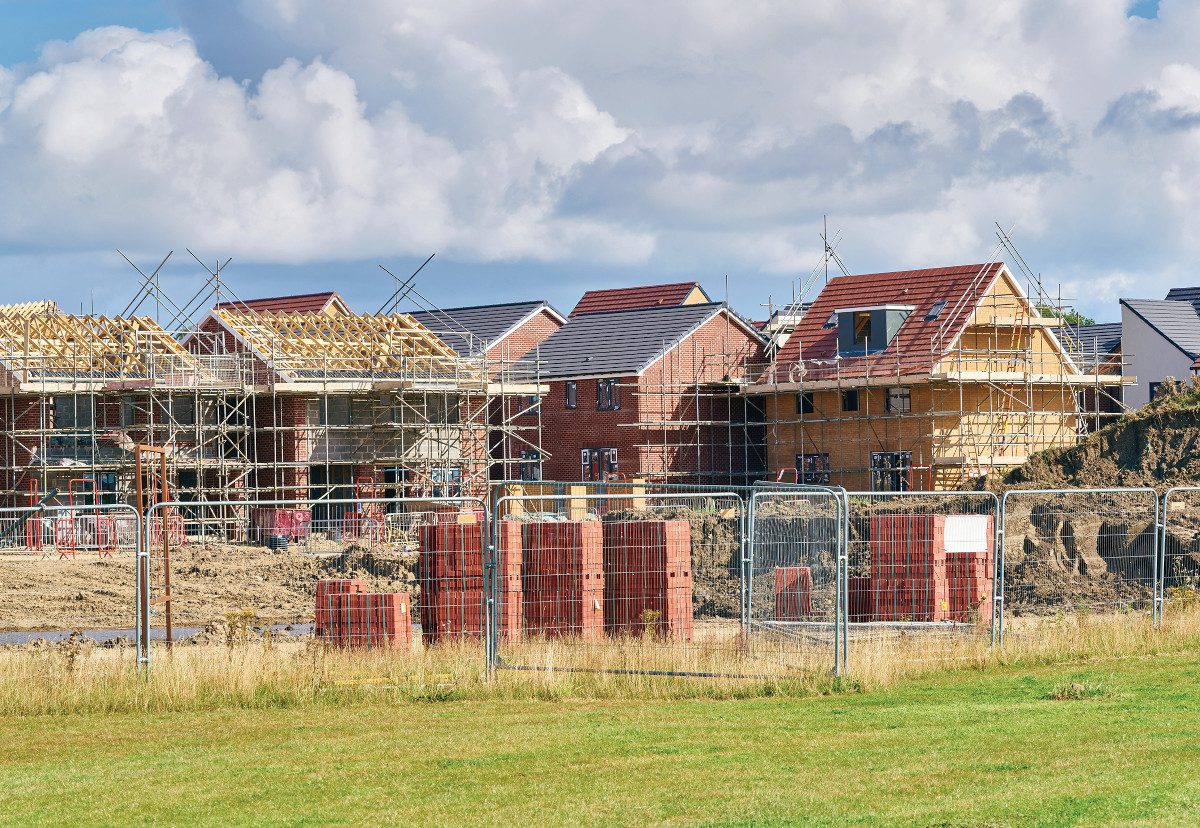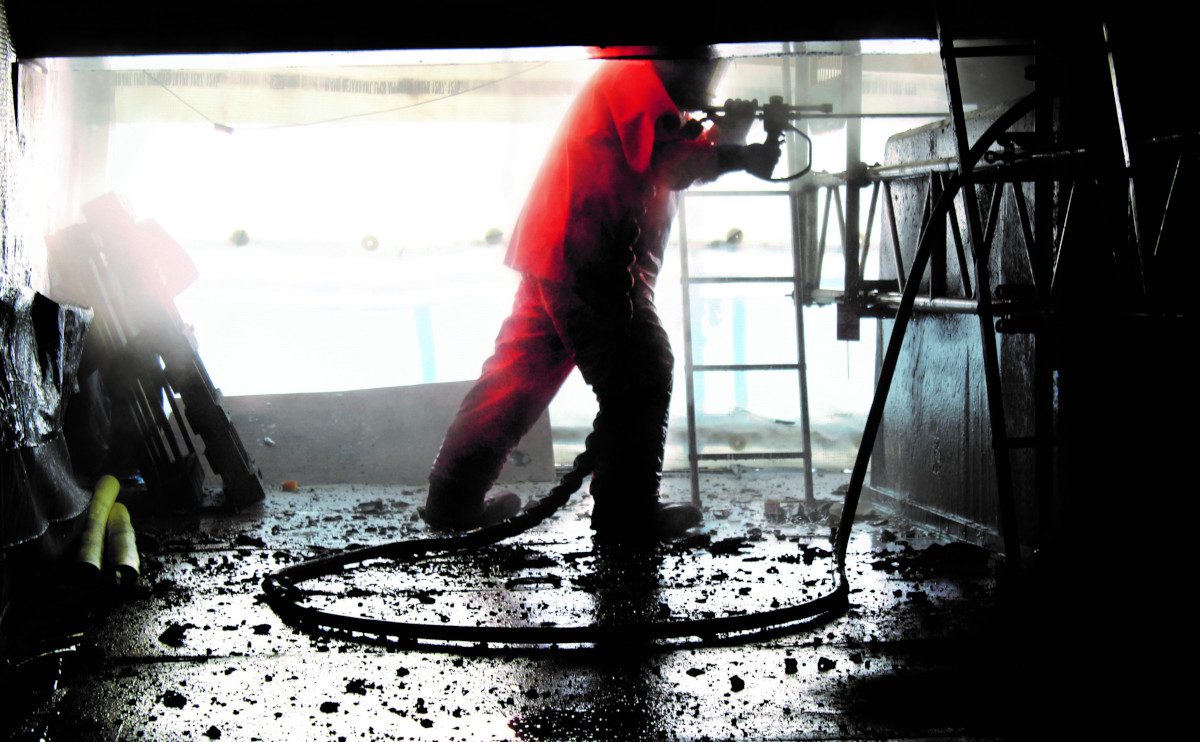Companies that make solar power components in the United States are still positioned to benefit from tax policy and tariffs, despite the Trump administration’s aversion to renewable energy.
Some big manufacturers, such as First Solar and Hanwha Qcells, are expanding, while smaller players also see opportunities.
Among the new names is T1 Energy, a solar company based in Austin, Texas, which said this month that it was forming a partnership with Corning Inc. of New York to set up a supply chain in which nearly all components would be produced in this country. T1 is part of a cluster of businesses that are helping to make Texas a leader in solar manufacturing.
“No country ever wants to be totally dependent on imported energy,” said Russell Gold, an executive vice president of communications for T1 and a former journalist reporting on energy for publications including Texas Monthly and The Wall Street Journal. “When you’re talking about solar manufacturing, we’re building the oil and gas fields of the future.”
The emergence of T1, which until recently was called Freyr Battery, is part of a broader trend of many companies aiming to meet the growing demand for solar power while also navigating complex tax credits and tariffs.
President Donald Trump’s One Big Beautiful Bill Act, signed in July, did little to change tax credits for manufacturers, maintaining a 2030 phaseout for manufacturing tax credits. This was in contrast to the bill’s rapid phaseout of other clean energy credits.
One caveat is that the bill contains restrictions on using components that come from “prohibited foreign entities,” which is mainly aimed at stopping credits from going to China. The Trump administration has not yet released guidance on how it will interpret this part of the bill, which leaves uncertainty for projects that rely on the manufacturing credits.
On top of recent legislation, the Trump administration’s ever-changing tariffs provide additional reasons for companies to want to develop U.S.-based supply chains.
But the United States has a long way to go to become a serious competitor in solar manufacturing. China dominates global production of solar panels and the major components that they’re built with. Chinese companies have many of the latest technologies and economies of scale, making it difficult for anyone else to compete.
The world’s six largest solar panel manufacturers, ranked by gigawatts of annual production, are based in China, according to BloombergNEF. The seventh is Canadian Solar, with headquarters in Kitchener, Ontario, and the eighth is First Solar, based in Tempe, Arizona.

Setting up a supply chain doesn’t happen quickly or easily, said Antoine Vagneur-Jones, head of trade and supply chains for the research firm BloombergNEF. He anticipates that many solar companies will face technical challenges as they try to secure supplies of polysilicon and other materials.
“People are being rightly skeptical, given that this is something that’s quite new in the U.S.,” he said.
The solar supply chain has several main operations, which often take place in separate plants, starting with the processing of polysilicon to turn it into a form that can be used on solar cells. Next is the manufacturing of solar cells, which are small squares with polysilicon across their surface. A manufacturer also needs suppliers for glass, racking and electronic equipment.
The final step is assembling the parts into a finished panel, something that Vagneur-Jones likens to putting together Ikea furniture.
Vagneur-Jones thinks First Solar is well-positioned because it has decades of history producing solar panels in the United States and managing a supply chain. The company expects its U.S. factories will have the capacity to build 14 gigawatts of solar panels per year by the end of 2026. This is at three plants in Ohio, one in Alabama and one that is about to open in Louisiana.
“It’s important to recognize the fact that we’ve got some manufacturers who are planning things that can be taken relatively more seriously than others,” he said.
This story is funded by readers like you.
Our nonprofit newsroom provides award-winning climate coverage free of charge and advertising. We rely on donations from readers like you to keep going. Please donate now to support our work.
Donate Now
He also sees potential for success with Hanwha Qcells, a South Korean solar manufacturer that has operated in Dalton, Georgia, since 2019 and is working on a large expansion in the state.
Beyond the major players, he sees many smaller companies that are at earlier stages of their development, and he said it will take time to know which ones will emerge as success stories.
T1 fits into this category of newer, smaller companies that are planning to ramp up production and build U.S.-based supply chains.
Until a rebranding was announced in February, T1 was called Freyr Battery. The company, with roots in Norway, planned to open a U.S. battery plant in Georgia. Then, it scrapped the Georgia plans and said it was focusing on solar manufacturing, initially at a panel plant near Dallas, which it bought from a Chinese company.
T1 announced in March that it was building a plant in Rockdale, Texas, which is about 60 miles northeast of Austin. The plant would have the capacity to build 5 gigawatts of solar cells, which are thin squares covered with processed silicon. A typical solar panel has dozens of solar cells across its surface.
The partnership with Corning illustrates how T1 plans to build a supply chain.


T1 will use polysilicon processed at a Corning plant in Michigan, starting in the second half of 2026. The material will then be delivered to T1’s planned cell manufacturing plant in Rockdale before going to T1’s Dallas plant for final assembly as solar panels.
The partnership would support about 5,800 new jobs, according to T1 and Corning.
“This landmark supply chain agreement with Corning will help invigorate America with scalable, reliable, low-cost energy,” said Daniel Barcelo, T1’s chairman and CEO, in a statement. “This is American companies building in America and protecting American energy security. The U.S. needs to establish critical energy supply chains built on domestic capacity and industrial know-how.”
T1 is part of a growing cluster of solar manufacturing businesses in Texas.
Texas has 18 solar component facilities online, more than any other state, according to a May report from the American Clean Power Association, a trade group. If all announced projects get built across the country, Texas would still be the leader, with 26, followed by Ohio, with 16, and Alabama, with 9, the report said.
For example, Canadian Solar built a module manufacturing facility in Mesquite, Texas, that was announced in 2023 and completed last year and has 5 gigawatts of production capacity.
While renewable energy is sometimes partisan, with Trump and many Republicans criticizing it, the Canadian Solar announcement in 2023 included supportive comments from Texas Gov. Greg Abbott and U.S. Sen. Ted Cruz.
“Texas is an energy production powerhouse, and we embrace an all-of-the-above energy strategy,” Cruz said.
About This Story
Perhaps you noticed: This story, like all the news we publish, is free to read. That’s because Inside Climate News is a 501c3 nonprofit organization. We do not charge a subscription fee, lock our news behind a paywall, or clutter our website with ads. We make our news on climate and the environment freely available to you and anyone who wants it.
That’s not all. We also share our news for free with scores of other media organizations around the country. Many of them can’t afford to do environmental journalism of their own. We’ve built bureaus from coast to coast to report local stories, collaborate with local newsrooms and co-publish articles so that this vital work is shared as widely as possible.
Two of us launched ICN in 2007. Six years later we earned a Pulitzer Prize for National Reporting, and now we run the oldest and largest dedicated climate newsroom in the nation. We tell the story in all its complexity. We hold polluters accountable. We expose environmental injustice. We debunk misinformation. We scrutinize solutions and inspire action.
Donations from readers like you fund every aspect of what we do. If you don’t already, will you support our ongoing work, our reporting on the biggest crisis facing our planet, and help us reach even more readers in more places?
Please take a moment to make a tax-deductible donation. Every one of them makes a difference.
Thank you,





